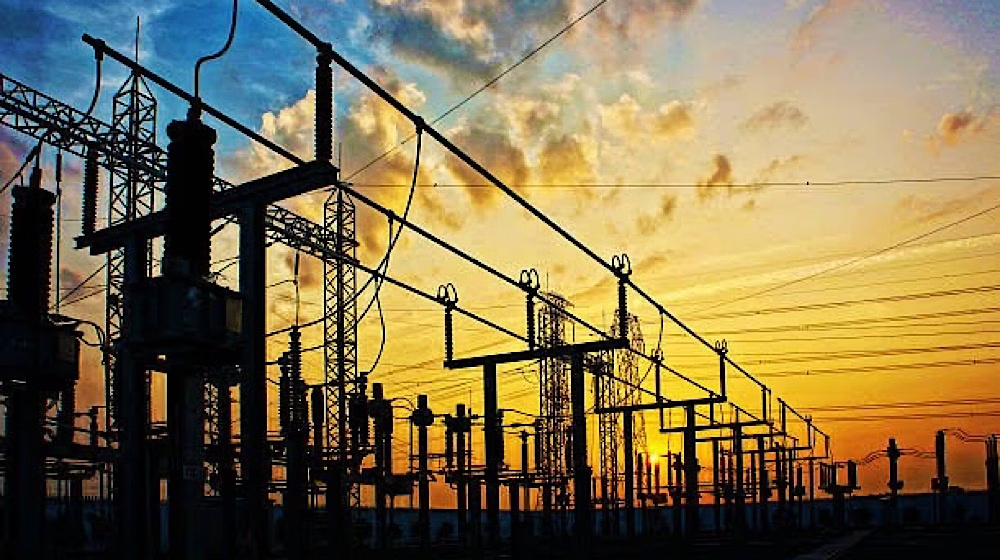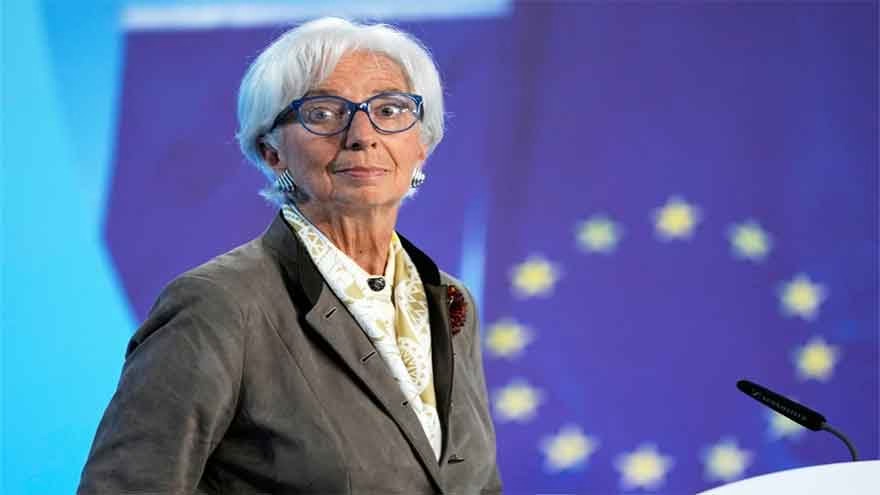In a positive sign for the economy, Pakistan electricity generation rose 8% year-on-year in August 2025, reaching 14,218 gigawatt hours (GWh) compared to 13,180 GWh in August 2024. This increase reflects firming demand, hotter weather conditions, and higher coal-based dispatch, pointing to both seasonal factors and a modest pickup in economic activity.
Monthly Trends in Pakistan Electricity Generation
On a month-to-month basis, Pakistan electricity generation also showed growth. Output in August stood 1% higher than July 2025, which recorded 14,123 GWh. While the increase may appear small, it highlights the resilience of the power sector despite economic challenges.
In cumulative terms, generation for the first two months of the fiscal year 2026 (FY26) reached 28,341 GWh, slightly above the 28,060 GWh generated during the same period of the previous fiscal year. Analysts attributed this performance to a combination of rising demand due to hotter weather and improved utilization of coal and hydropower plants.
Cost Trends in Pakistan Electricity Generation
While volumes improved, the cost side presented mixed results. The average cost of Pakistan electricity generation in August 2025 was Rs. 7.7 per kilowatt-hour (kWh), which is 3% higher compared to Rs. 7.5/kWh in August 2024. This increase was mainly due to changes in the fuel mix and global price movements.
However, on a monthly basis, costs saw slight relief. Compared to July’s Rs. 7.8/kWh, August recorded a 1% decline, easing some pressure on consumers and industries. This moderation indicates the potential benefits of efficient hydropower inflows, which reduce dependency on expensive imported fuels.
Hydropower Dominates Pakistan Electricity Generation
Hydropower played the most significant role in the energy mix, accounting for 38.8% of Pakistan electricity generation in August 2025. Seasonal water inflows boosted hydropower’s contribution, helping offset costs and ensuring cleaner energy availability.
RLNG (Regasified Liquefied Natural Gas) followed at 15.3%, slightly ahead of nuclear power at 15.1%. The close contribution of these two reliable baseload sources highlights the importance of diversified energy resources in Pakistan’s power landscape.
Role of Coal and Renewables in Pakistan Electricity Generation
Coal-based plants provided critical support in August 2025, enabling the system to absorb the seasonal surge in demand. Analysts noted that coal dispatch was a key factor in the year-on-year growth of electricity supply.
Meanwhile, renewables—particularly wind and solar—continued to play a relatively small role in Pakistan electricity generation. Wind contributed 3.6% and solar just 0.7% of the total mix. These figures underline the need for Pakistan to accelerate its renewable energy adoption if it aims to meet long-term climate and sustainability goals.
Comparing Long-Term Trends in Pakistan Electricity Generation
Looking at the broader trend, Pakistan electricity generation has shown gradual but steady improvement. While the annual growth in August 2025 was a strong 8%, the cumulative 1% growth in the first two months of FY26 suggests that the sector still faces limitations. Challenges such as fuel price volatility, infrastructure constraints, and inefficiencies in distribution remain hurdles to consistent expansion.
The reliance on hydropower during peak inflow months is beneficial, but the seasonal nature of water availability makes it less reliable year-round. Similarly, while coal and RLNG provide stability, they expose Pakistan to global price fluctuations.
Future Outlook for Pakistan Electricity Generation
Experts believe that the focus should now shift toward expanding renewable energy’s share in Pakistan electricity generation. Currently, wind and solar collectively contribute just 4.3%, far below global averages where renewables often exceed 25% of the energy mix.
Government initiatives have aimed to add new renewable projects, but progress has been slower than expected due to financing challenges and grid integration issues. Strengthening renewable capacity could help Pakistan reduce its import bill, lower generation costs, and move toward its climate commitments.
Another area of focus is nuclear energy, which has grown steadily in recent years. With its contribution at 15.1% in August 2025, nuclear remains a key player in balancing the grid while maintaining lower carbon emissions.
The rise in Pakistan electricity generation by 8% in August 2025 signals a positive trajectory for the country’s power sector, supported by hydropower inflows and coal-based dispatch. However, the modest 1% cumulative growth in FY26 so far reflects ongoing structural challenges.
While costs edged higher on a yearly basis, the month-on-month dip in generation costs provided temporary relief. Going forward, Pakistan’s energy future will depend on expanding renewables, strengthening nuclear capacity, and ensuring a sustainable balance in its fuel mix.
The August figures highlight progress, but long-term resilience in Pakistan electricity generation will require reforms and investment to meet both economic and environmental demands.



